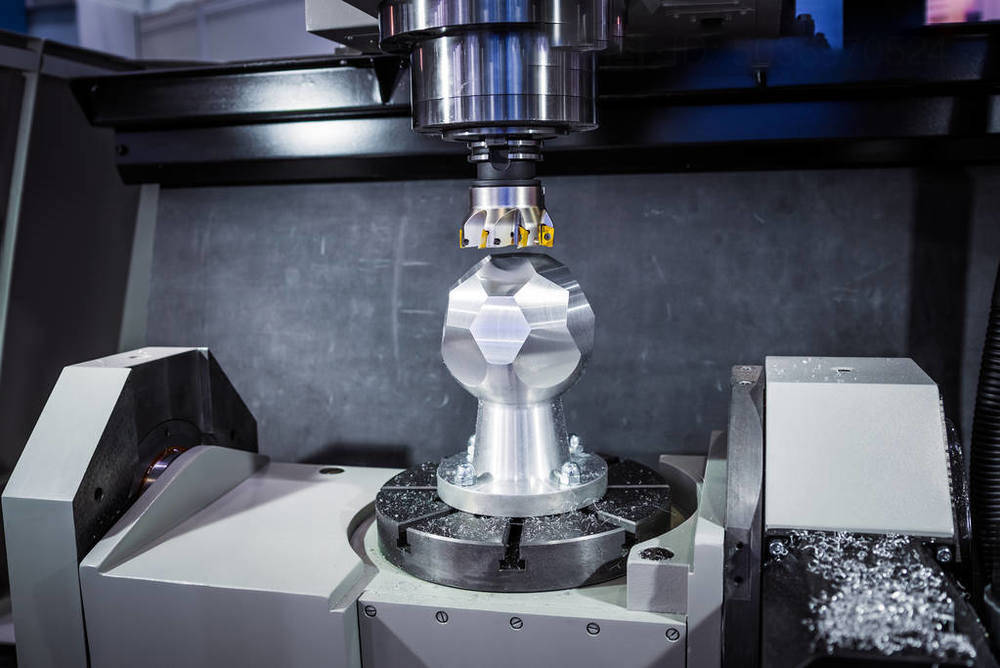An Overview of Surface Finishing: Selection and Application of Post-Fabrication Surface Treatments for Sheet Metal+ View more
An Overview of Surface Finishing: Selection and Application of Post-Fabrication Surface Treatments for Sheet Metal
+ View more
Date:2024-03-29 16:00
Post-fabrication surface treatments of sheet metal not only enhance the aesthetic quality of products but also strengthen their corrosion resistance, wear resistance, and other mechanical properties. The right surface treatment method can extend the lifespan of a product and, to a certain extent, reflect the level of manufacturing sophistication. Here is an overview of several common post-sheet metal fabrication surface treatment technologies, their selection criteria, and case analyses.
Galvanizing
Galvanizing involves forming a zinc coating on the surface of sheet metal to prevent rusting of steel materials. This process can be achieved through hot-dip galvanizing or electro-galvanizing.
Technical Parameters
- Coating Thickness: Hot-dip coatings typically range from 40-100 microns, while electro-galvanized layers are usually between 5-15 microns.
- Corrosion Resistance: Depending on the coating thickness, galvanized parts can withstand outdoor exposure for several years to decades.
Application Case
A well-known automotive brand used hot-dip galvanizing for its chassis components, ensuring over ten years of corrosion resistance even under harsh road conditions and climates.
Coating
Coating includes both powder coating and liquid painting, providing a variety of colors and finishes while protecting the metal surfaces.
Technical Parameters
- Coating Thickness: Powder coating generally ranges from 60-120 microns, while liquid painting varies from 20-50 microns.
- Wear Resistance: Powder coatings have strong adhesion and are resistant to wear.
Application Case
Outdoor fitness equipment often employs powder coating processes, not only because of their excellent weatherability and wear resistance but also due to the increasing importance placed on the eco-friendly characteristics of powder coatings.
Anodizing
Anodizing is primarily used on aluminum alloy surfaces, where an electrolytic process forms a dense layer of aluminum oxide as a protective coat.
Technical Parameters
- Coating Thickness: 5-25 microns.
- Hardness: The hardness of the anodic oxide layer can reach up to 2500HV (Vickers Hardness).
Application Case
Apple Inc.'s MacBook laptop casings undergo anodizing, which not only enhances the durability and corrosion resistance of the casings but also imparts a high-end metallic texture and unique color to the product.
Electrophoretic Painting
Electrophoretic painting deposits charged paint particles onto the workpiece's surface through electric forces, creating a uniform coating.
Technical Parameters
- Coating Thickness: 15-25 microns.
- Adhesion: Excellent film adhesion and coverage capabilities.
Application Case
Most modern automobile exteriors utilize electrophoretic painting processes. The electrophoretic layer not only effectively prevents corrosion but also provides a solid foundation for subsequent painting procedures.
Conclusion
Choosing an appropriate post-fabrication sheet metal surface treatment technology requires considering multiple dimensions including material properties, product functional requirements, cost budget, and environmental factors. For example, outdoor equipment requires special consideration for weather resistance; products needing specific color requirements may lean towards coating options. Each technology has its application scope and specific advantages, and in practice, decisions often need to align with specific application scenarios and performance requirements. By comparing and analyzing the parameters and application cases of various surface treatment technologies, manufacturers can offer cost-effective solutions to customers, ensuring product durability and aesthetics.
Share to:
Recommend wonderful blog posts

